Local trains in Wakayama Prefecture (Wakayama Electric Railway)
Table of contents
1: Wakayama Castle
2: Chohoji Temple
3: Ide Shoten
4: Wakayama Electric Railway
5: Itakiso Shrine
6: Nichizengu Shrine
7: Dinner
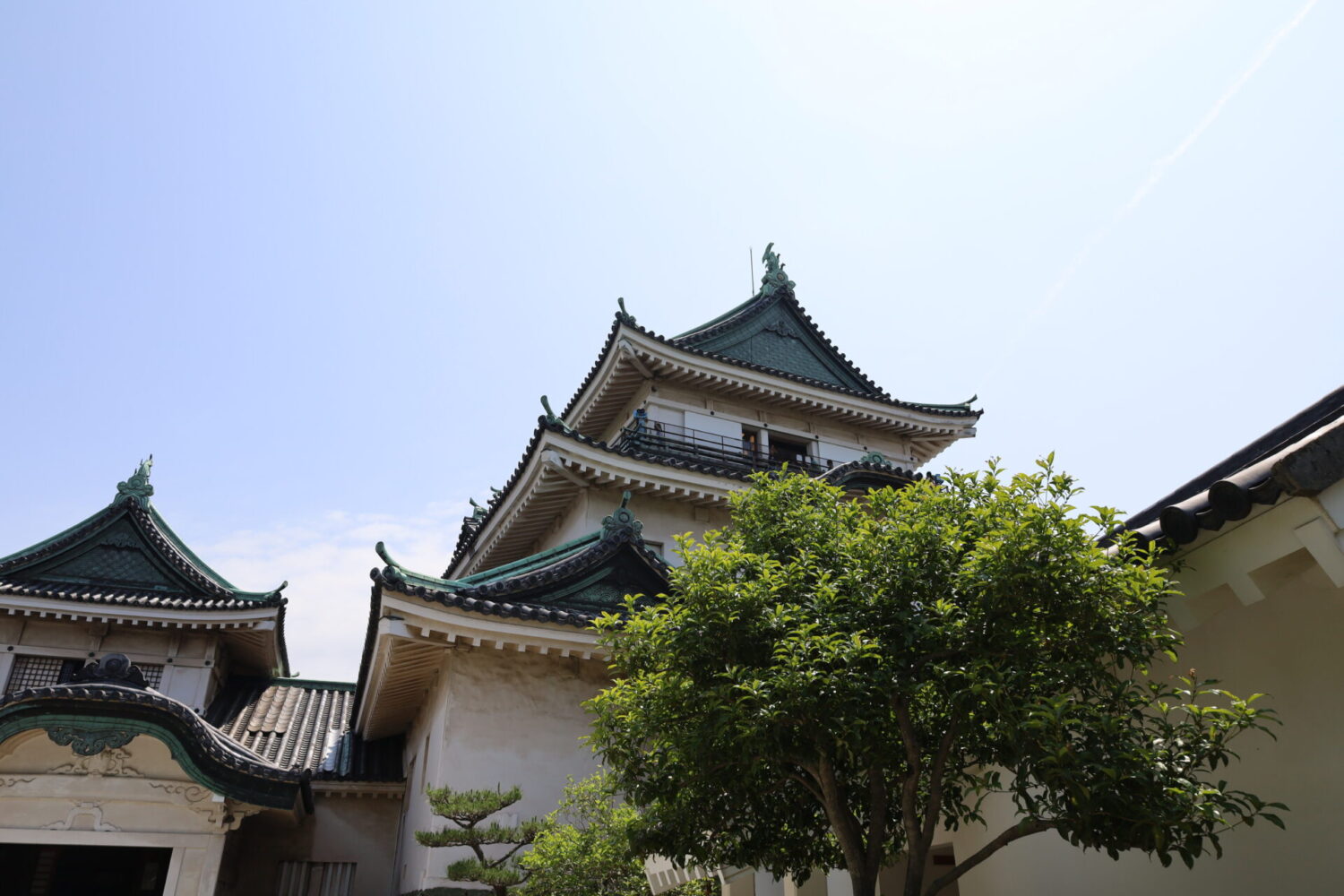
1: Wakayama Castle
I traveled to Wakayama in late May. My first stop was Wakayama Castle. Wakayama Castle was built in 1585 by Toyotomi Hidenaga, the younger brother of Toyotomi Hideyoshi. At the time of construction, Hidenaga’s vassal, Todo Takatora, served in charge of the building. Takatora Todo was a master castle builder who built many castles, including Edo Castle, Uwajima Castle (12 existing castle towers), and Imabari Castle.
Wakayama Castle was the residence of the Kishu Tokugawa family, one of the three Tokugawa families. After the Meiji Restoration (1871), the castle tower and other buildings were maintained and designated national treasures when the castle was closed down. However, the castle tower and all other buildings designated as national treasures were destroyed by fire in the Wakayama Air Raid of 1945. The current keep was reconstructed externally in reinforced concrete in 1958.
Wakayama Castle has a large castle tower, a small castle tower, and turrets arranged on four sides and connected by a series of turrets (renritsu-shiki). Wakayama Castle is one of Japan’s three great linked-style castles, along with Himeji Castle (World Heritage Site, National Treasure, 12 surviving towers) and Matsuyama Castle (National Important Cultural Property, 12 existing castle towers).
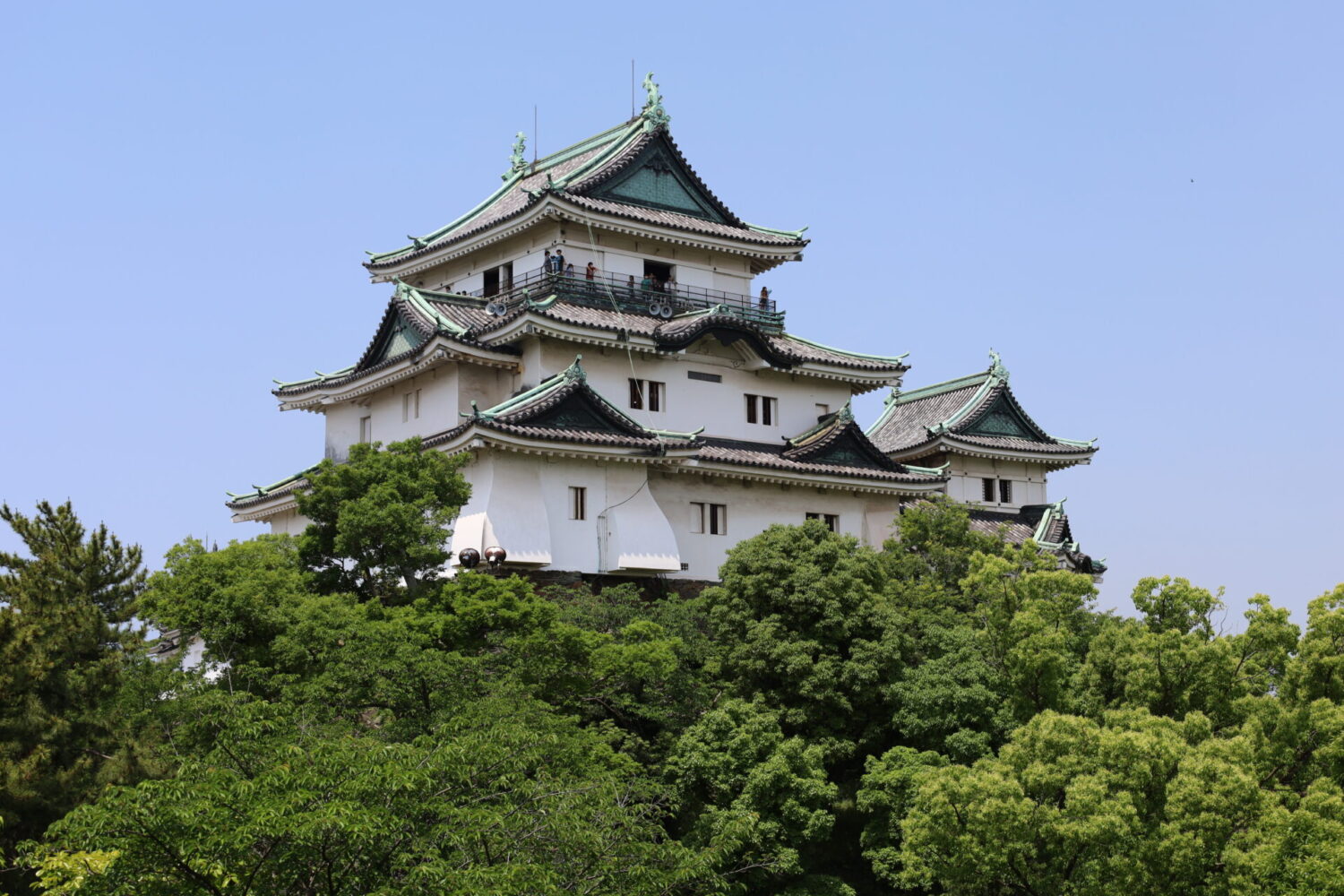
Okaguchimon Gate is a National Important Cultural Property, and Wakayama Castle is designated as a National Historic Site.
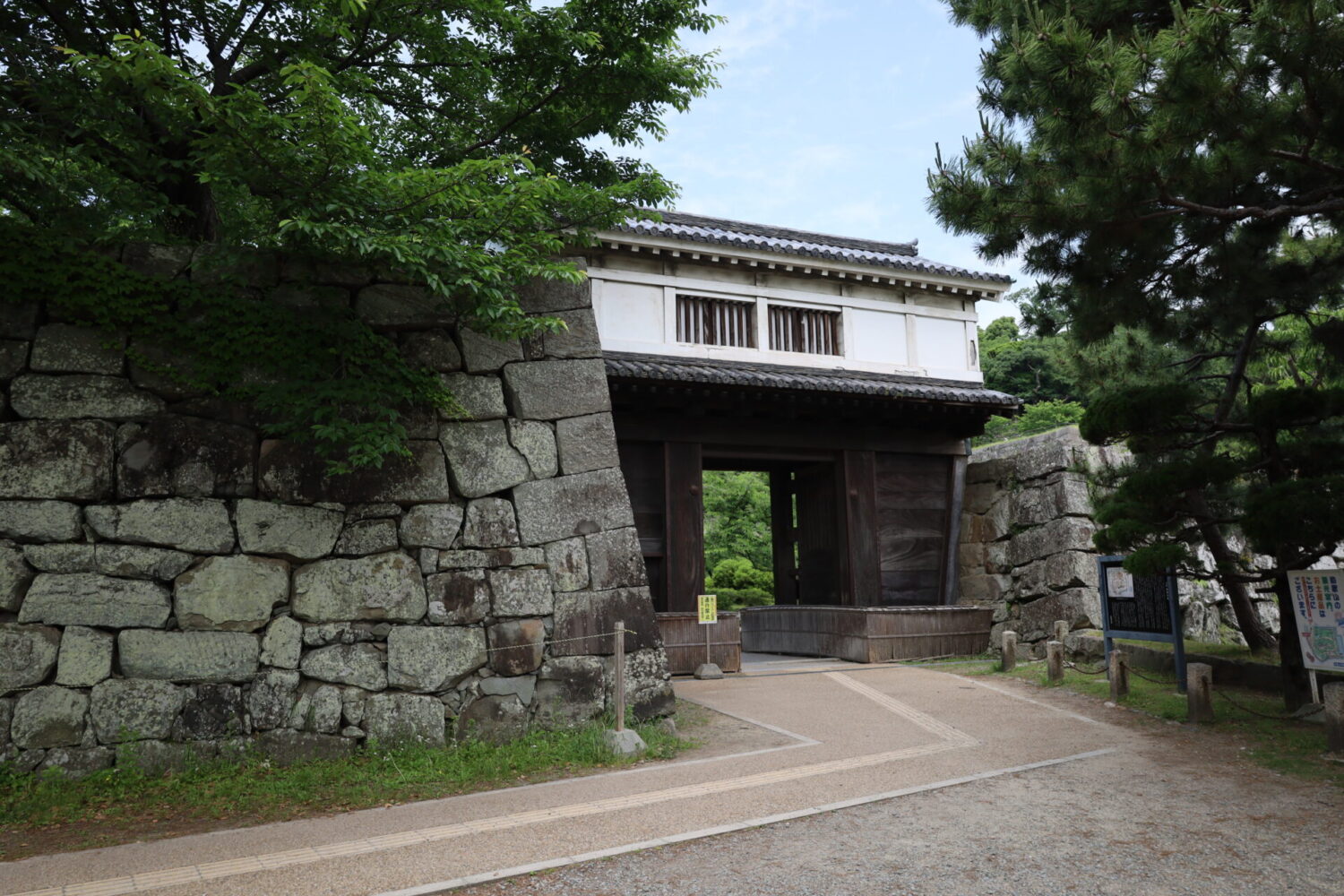
Wakayama Castle is a 30-minute walk (approx. 2 km) from Wakayama Station as it is a bit far on foot. I recommend taking a bus or taxi. Also, visiting Wakayama Castle was a bit tiring as the castle keep is built on a small mountain (Torafusuyama: 48.9 m). It would be a tough visit when it is hot in the summer.
2: Chohoji Temple
After Wakayama Castle, I went by JR and taxi to Chohoji Temple in Kainan City. I went from Kamogo Station, where we could call a taxi by phone.
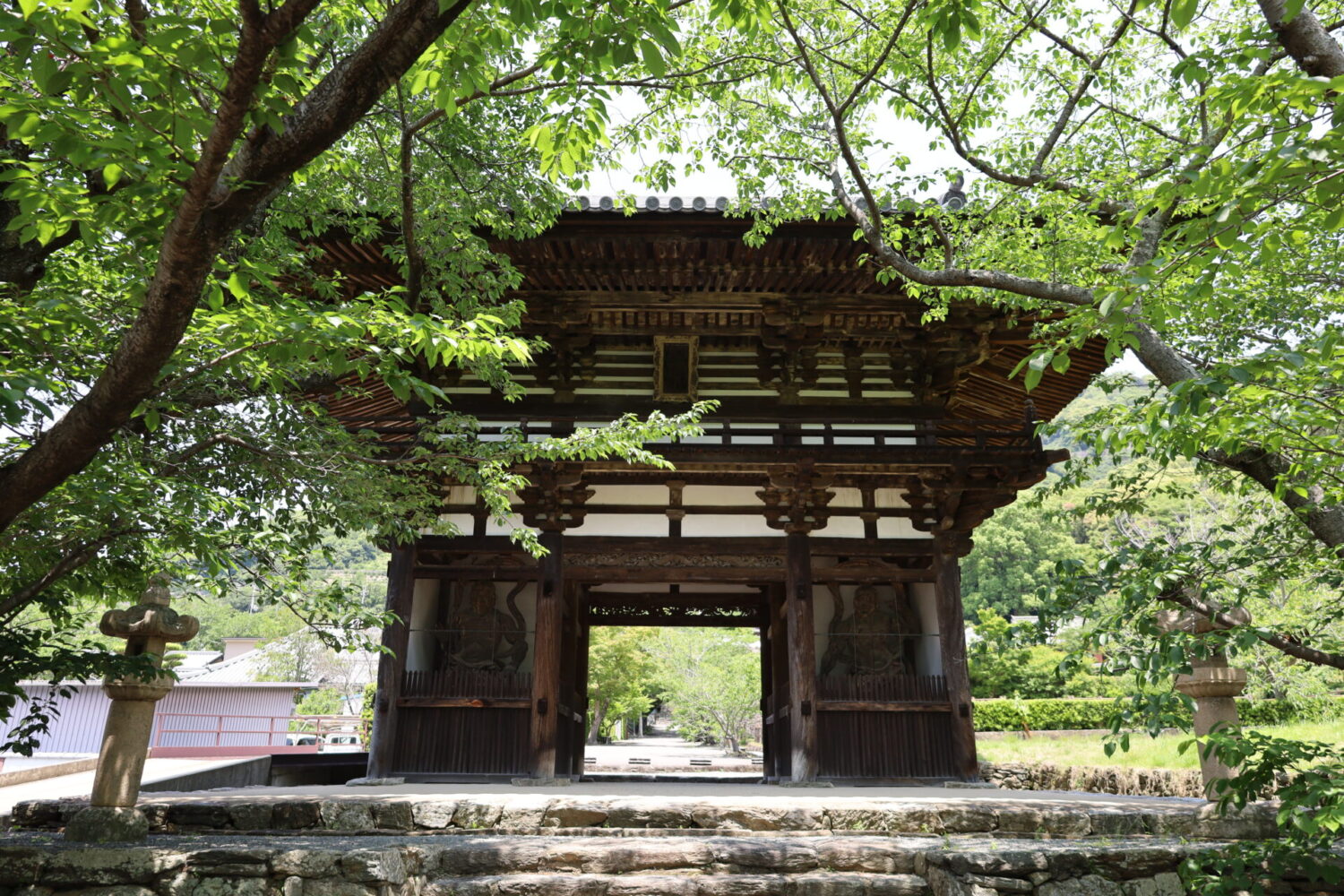
Chohoji Temple was founded in the year 1000 by Ennin (Jikaku Daishi)’s disciple Shouku at the request of Emperor Ichijo. It is the family temple of the Kishu Tokugawa family. Chohoji Temple has the tombs of all the successive lords of the Kishu Tokugawa clan, except for the 5th lord Yoshimune Tokugawa and the 13th lord Iemochi Tokugawa. They later became the Tokugawa Shogun. It is the largest cemetery of successive domain lords in Japan.
Chohoji Temple has three national treasure buildings (Main Hall, Two-storied Pagoda, and Great Gate). Horyu-ji Temple (World Heritage Site and National Treasure) in Nara Prefecture and Chohoji Temple are the only temples where the main buildings (Main Hall, Pagoda, and Daimon) are National Treasures. The main hall was built in 1311, the Dabotou in 1357, and the Daimon in 1388. It is rare to find three Buddhist buildings from the Middle Ages preserved together, making this a precious temple.

Even though Choho-ji Temple has three national treasure buildings, there were no tourists. A taxi driver told me that he hardly saw any foreign tourists. I had the luxury of having the national treasure buildings all to myself in the quiet precincts of the temple. Traffic is inconvenient, but the temple is worth visiting.
3: Ide Shoten
From Chohoji Temple, I returned to Wakayama Station and had lunch at Ide Shoten. Ide Shoten is a famous ramen restaurant that won a TV ramen show in 1998 and made Wakayama ramen famous throughout Japan. Perhaps because my visit was on a weekday, there was no queue at the shop, and I could get in quickly. Even so, the restaurant was almost full.
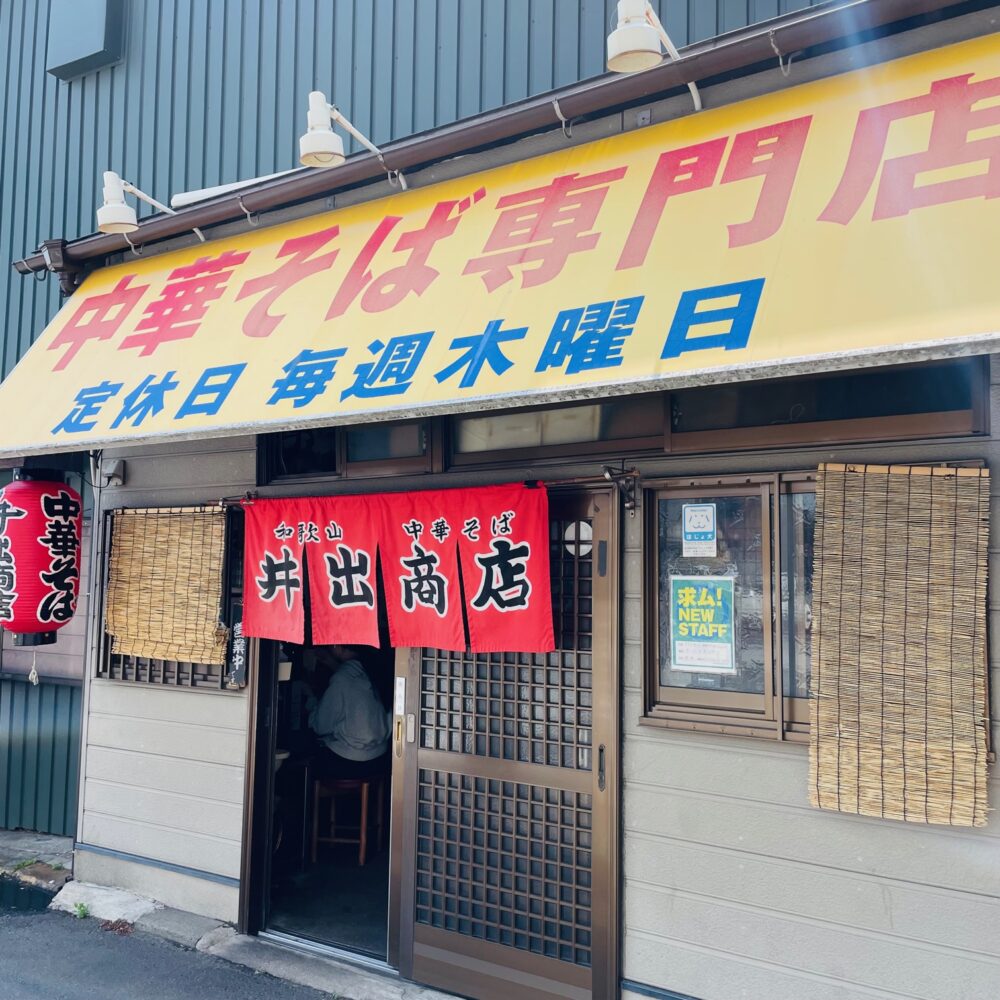
Ide Shoten’s ramen soup is a relatively light-flavored pork bone and soy sauce broth. The straight noodles and soup intertwine well, making for delicious ramen.
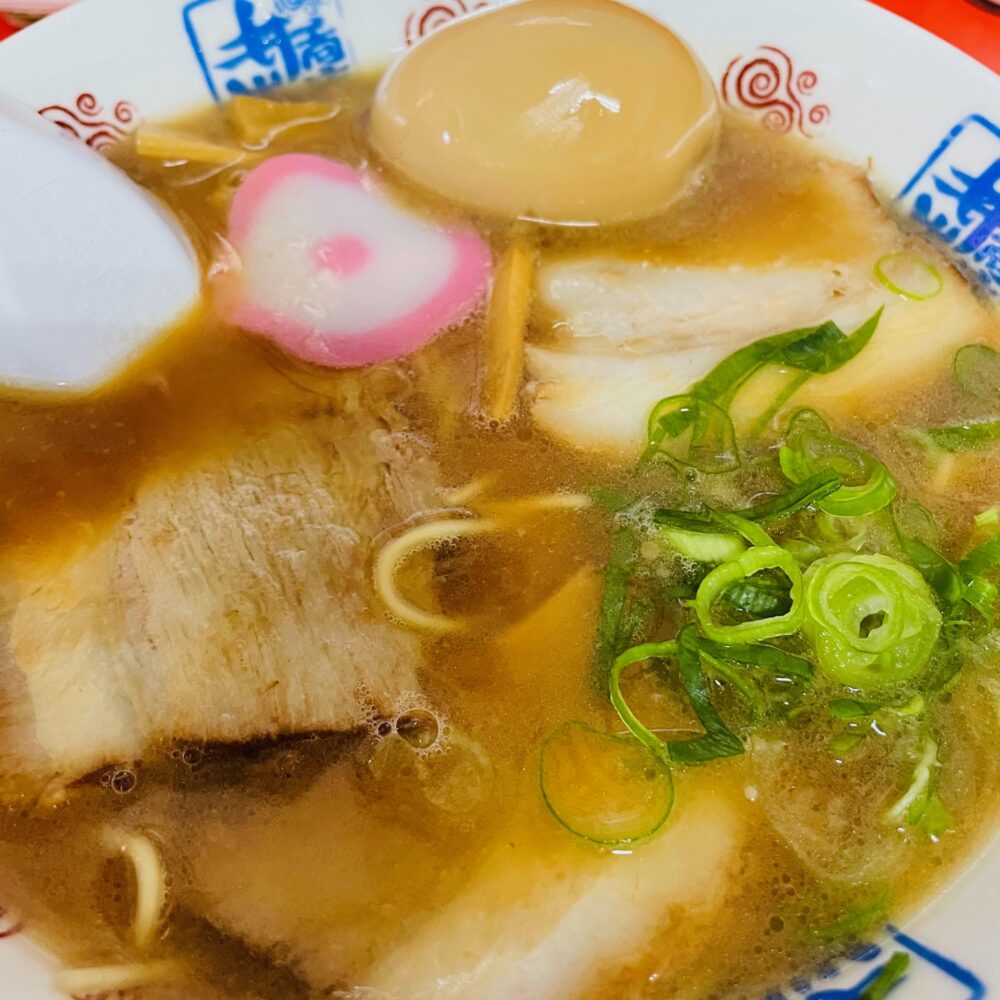
At ramen shops in Wakayama, eating a small piece of pressed mackerel sushi called ‘Haya-sushi’ is customary while waiting for the ramen to be ready. I also ordered ‘Haya-sushi’ at Ide Shoten. I ate both ‘Haya-sushi’ and ramen simultaneously because my ramen was ready quickly. The ramen at Ide Shoten came out about three minutes after ordering, and it was a mystery to me how they could make ramen so quickly.

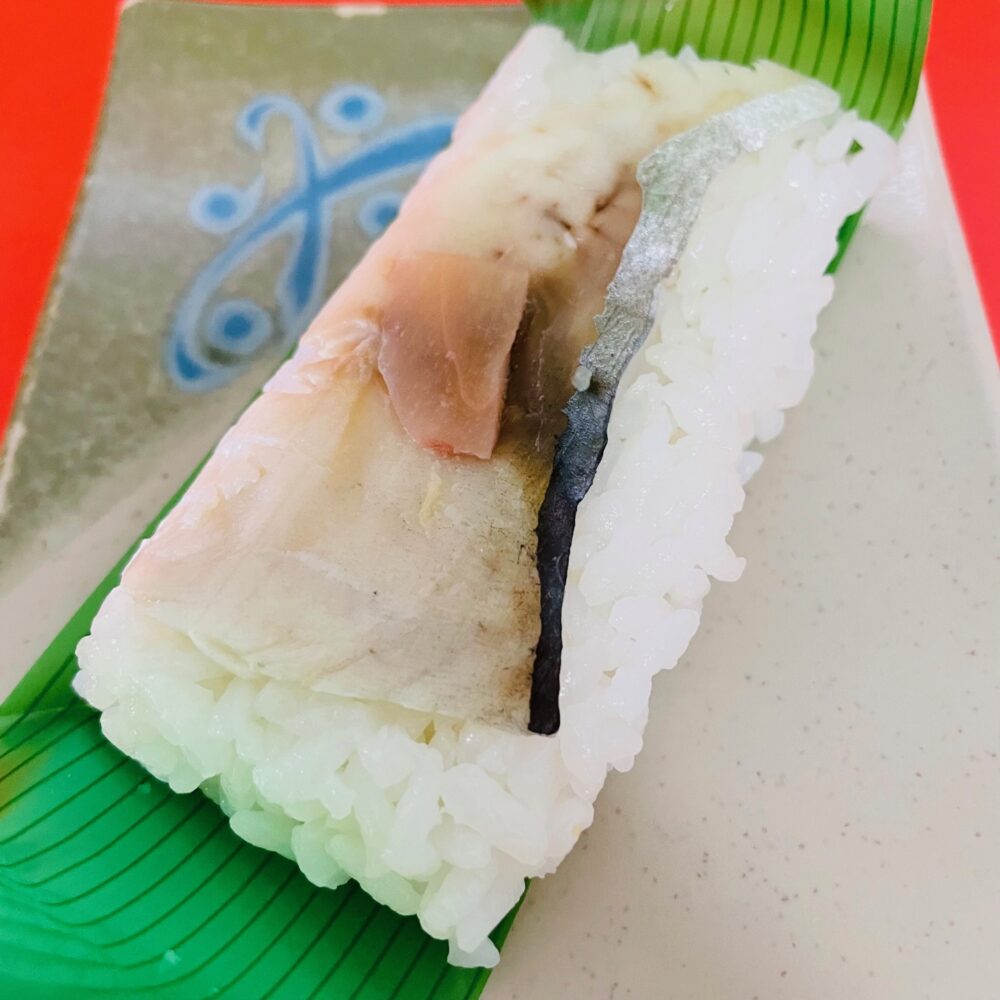
4: Wakayama Electric Railway
After lunch, I boarded the Wakayama Electric Railway. Riding the Wakayama Electric Railway aimed to meet the cat “Tama Ekicho(Cat stationmaster).”

It costs 820 yen round trip from Wakayama Station, the starting point, to Kishi Station, the terminus. It is more economical to buy a one-day pass (800 yen). However, the only places around Wakayama Station where you can buy a one-day pass are the Wakayama Bus commuter pass sales office at JR Wakayama Station or the counter on platform 9 of JR Wakayama Station, which is very difficult to find.
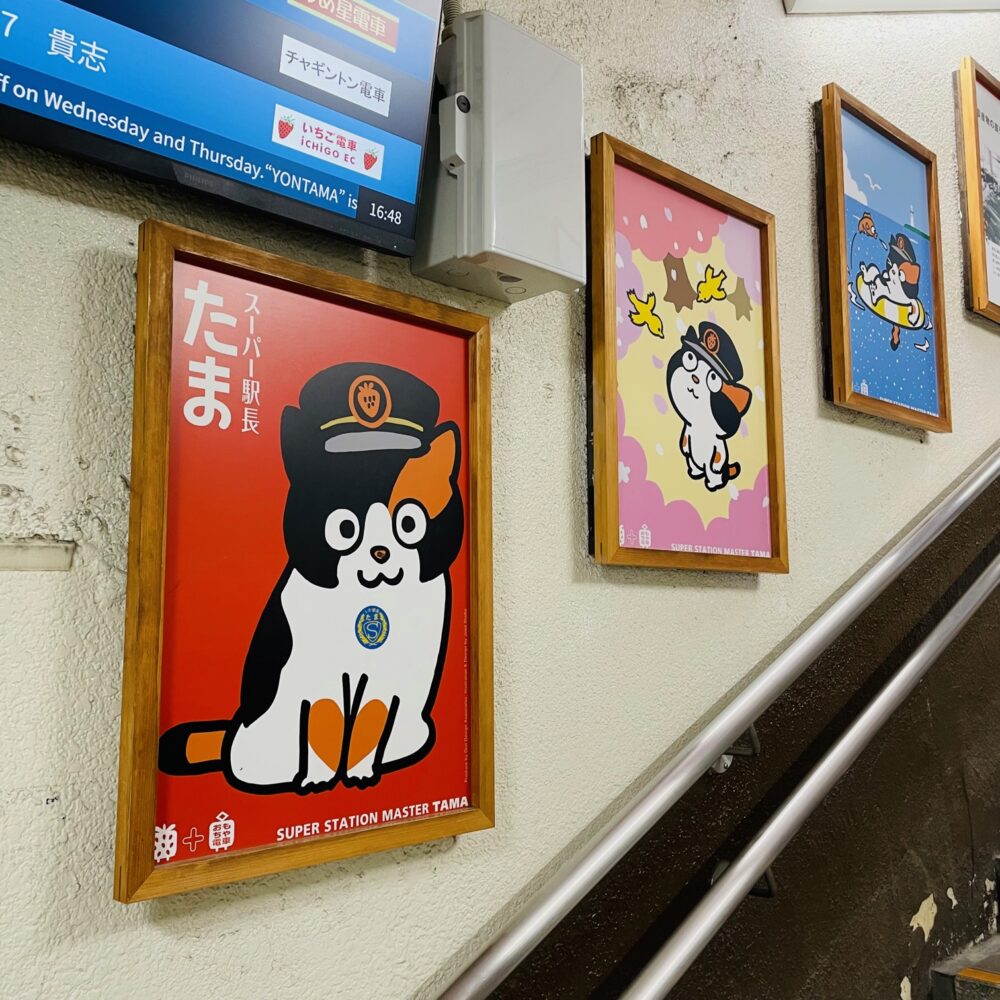
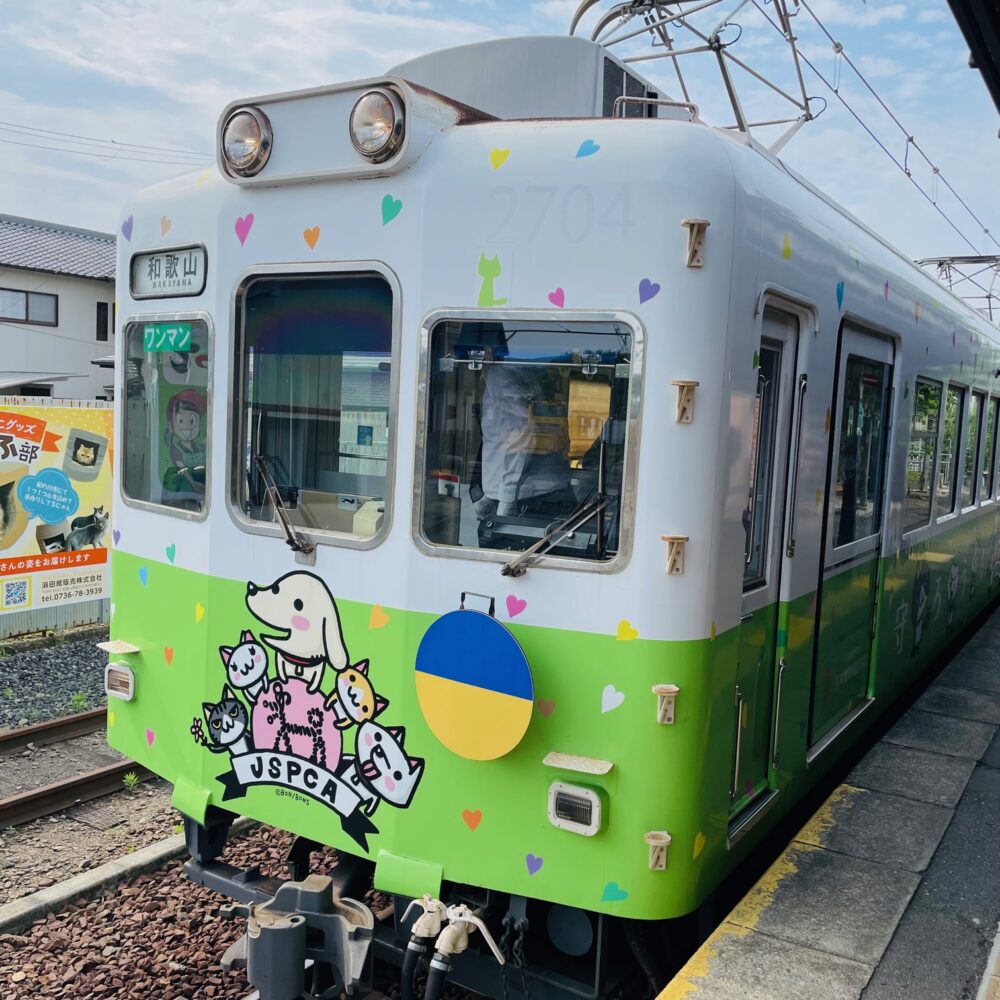
The railway was opened in 1916 for pilgrimages (so-called Sanja mairi) to three shrines along the line (Hizengu Shrine, Kamayama Shrine, and Itakiso Shrine) and other places of worship. Wakayama Electric Railway has a short operating line of 14.3 km.
Wakayama Electric Railway is a wholly-owned subsidiary of Okayama Electric Railway. Okayama Electric Railway took over the Kishigawa Line from Nankai Electric Railway in 2006 and established Wakayama Electric Railway. This is a very unusual form of regional railway, with a railway company managing the company from Okayama Prefecture, far away from Wakayama Prefecture. Like many regional railway companies, Wakayama Electric Railway is in deficit (in FY 2019). The railway business accounts for 83% of the company’s turnover.
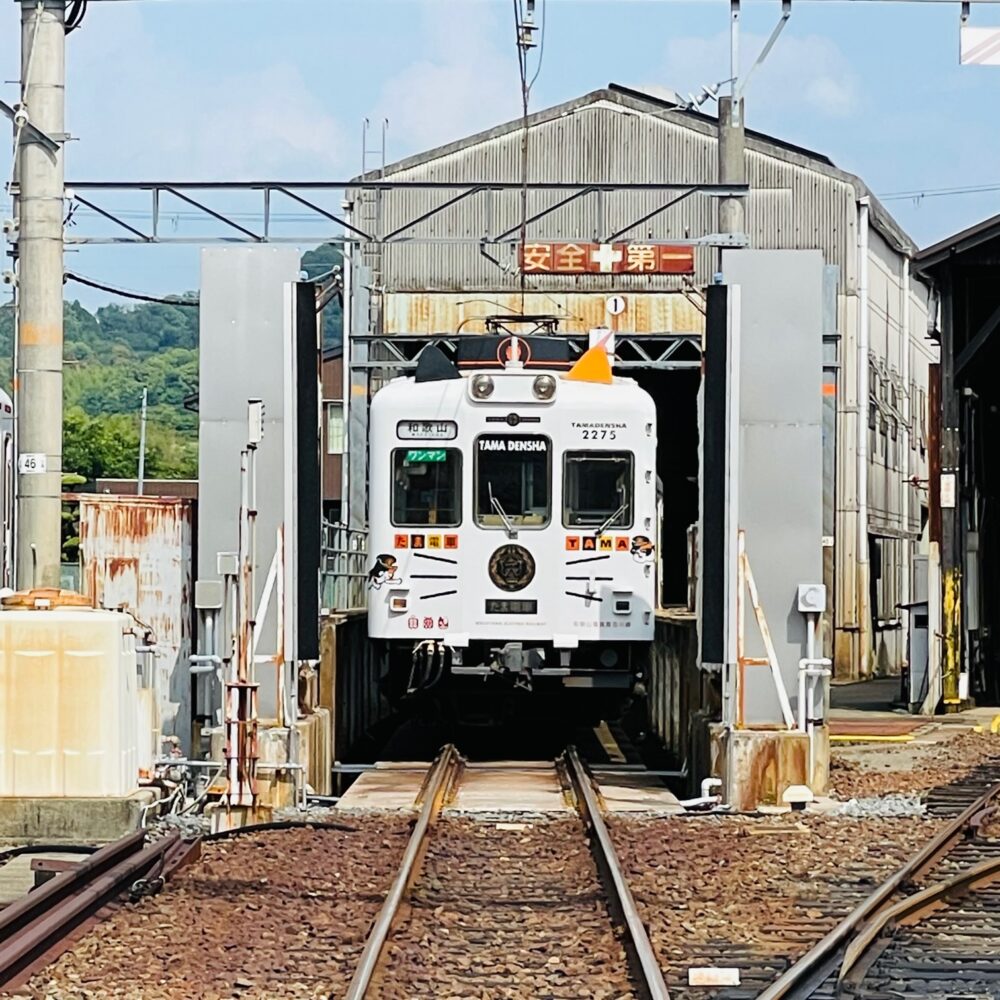
The first “Tama Ekicho” was officially titled “Station Master” by Wakayama Electric Railway in 2007. Tama Ekiman” became famous not only in Japan but also internationally and was recognized for increasing the number of passengers on Wakayama Electric Railway, but also for his contribution to attracting tourism to Wakayama Prefecture as a whole.
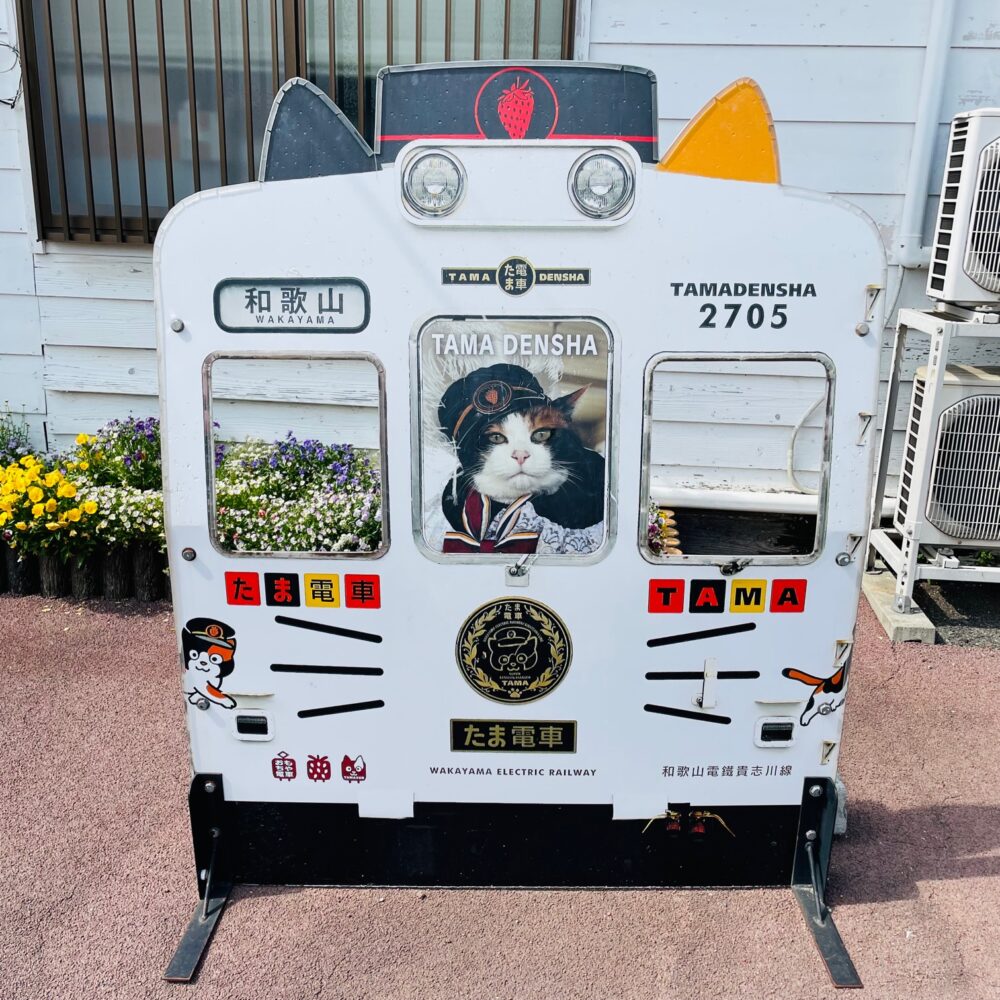
According to Wikipedia, passenger fare revenue increased from 287 million yen in 2005, before the transfer to Wakayama Electric Railway, to 323 million yen in 2007 (12.5% increase compared to 2005), when the first ‘Tama Ekicho’ took office, and to 332 million yen in 2019 (15.7% increase compared to 2005).
The ‘Tama’ stationmaster at Kishi Station is the second generation and is called ‘Nitama,’ the Ultra Stationmaster. I don’t know if it was because he was tired or old, but he slept almost all the time I was at Kishi Station. There is also a cat called Super Stationmaster ‘Yontama’ at Itaipaiso Station. The day I visited was a holiday for ‘Yontama.’ Nitama is off Wednesdays and Thursdays, while Yontama is off Mondays and Fridays. Please note that working schedules are subject to change at short notice.

In 2010, the Kishi Station building was reconstructed as a cat, and a ‘Tama Train,’ a ‘Tama Café,’ and a ‘Tama Shop’ were also built. The Tama Café sells drinks with cat motifs. The Tama Shrine, dedicated to the first Tama Ekicho, is also located on the platform of Kishi Station.
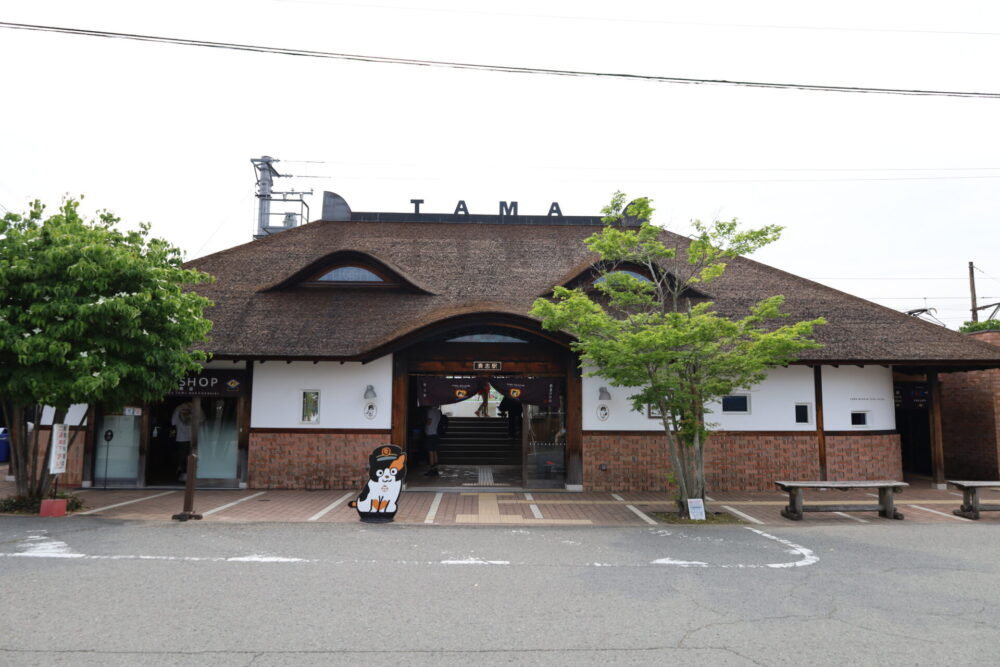
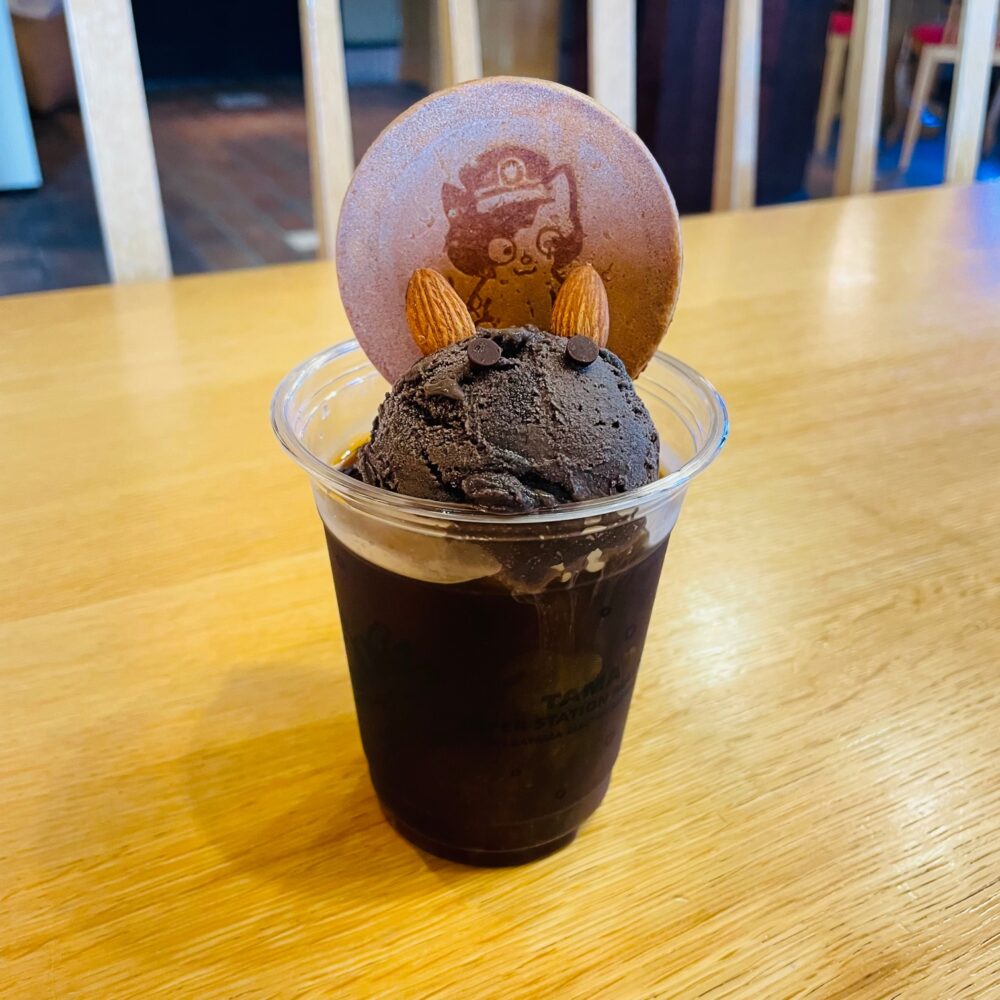
The Tama and Umehoshi trains were designed by Eiji Mitooka, one of Japan’s leading industrial designers. Mr. Mitooka is a design advisor to the Ryobi Group, the parent company of Okayama Electric Railway, which is the parent company of Wakayama Electric Railway. Mr. Mitooka is well known for his designs for JR Kyushu’s Nanatsu-Boshi in Kyushu and Yufuin-no Mori II trains. I love the trains designed by Mr. Mitooka.
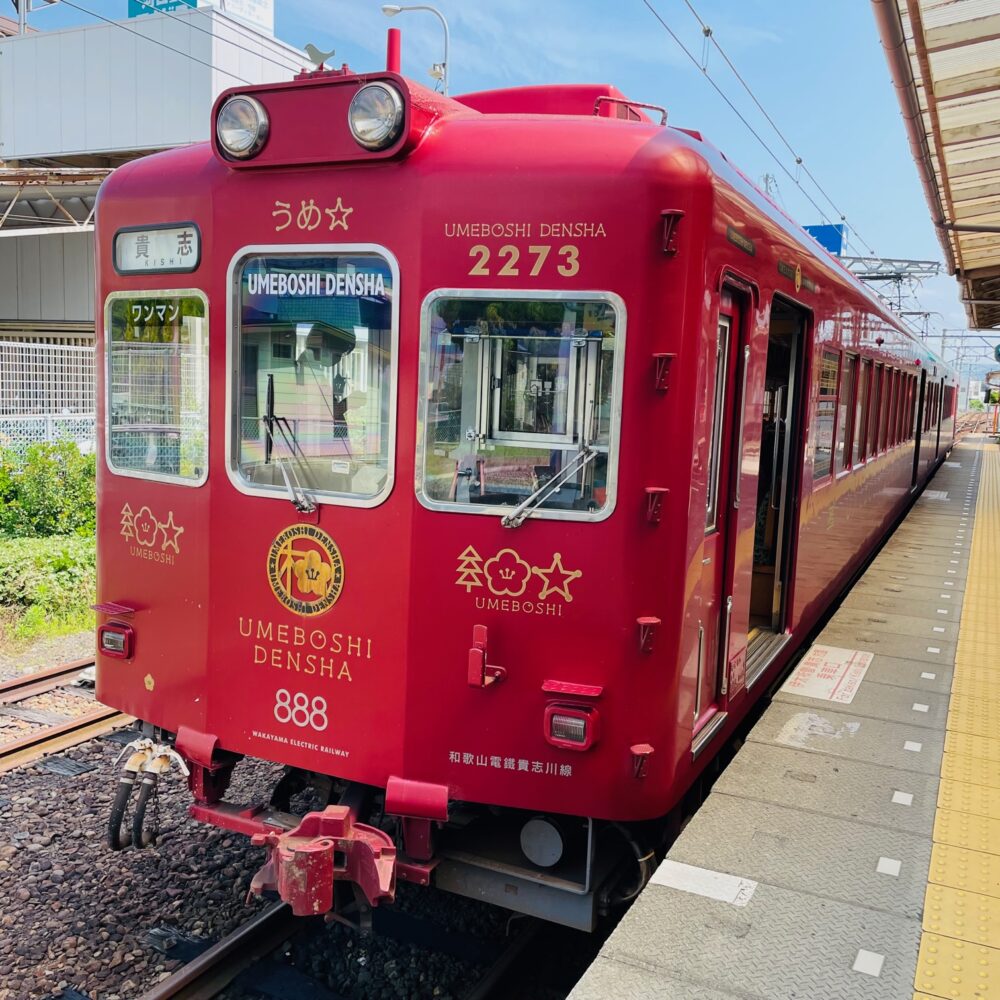
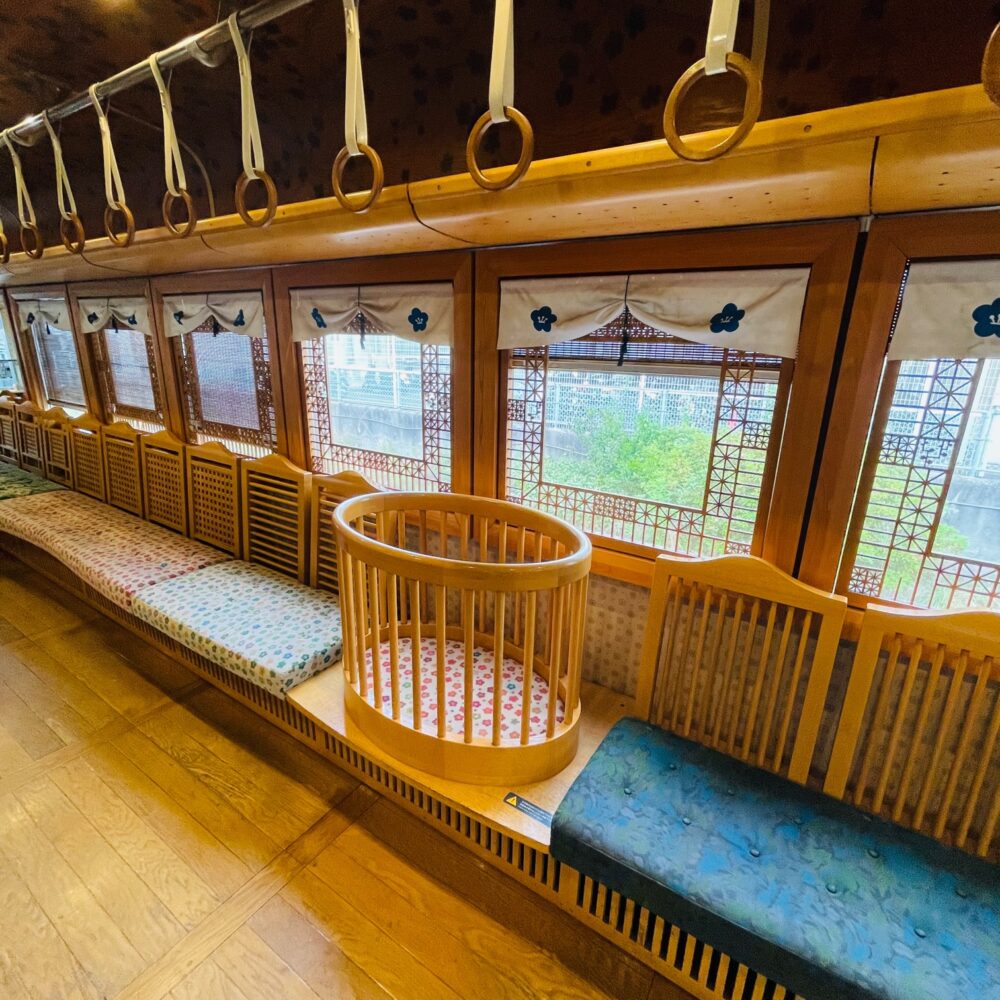
The ad-wrapped train with the famous British TV animation Chuggington was made to promote the Okaden Chuggington Real Train Wilson/Bluester. Okayama Electric Railway, the parent company of Wakayama Electric Railway, began operating in March 2019.
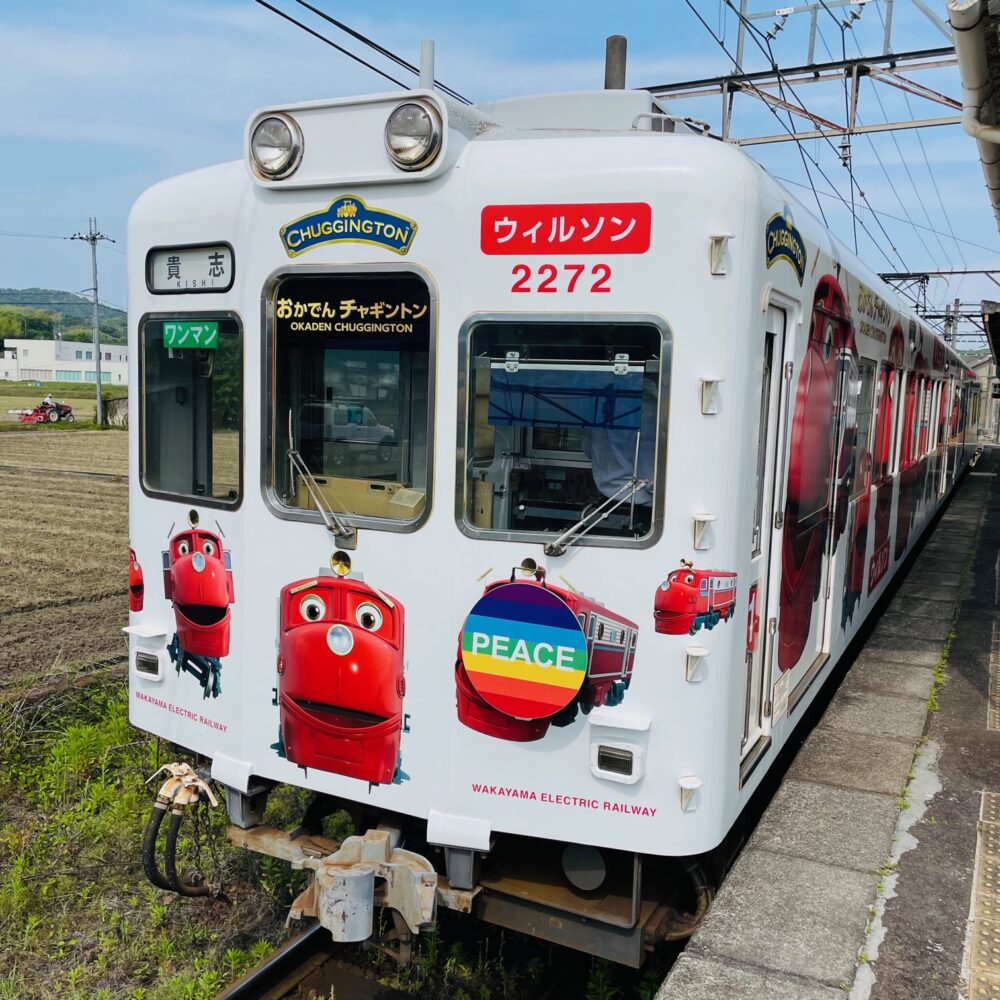
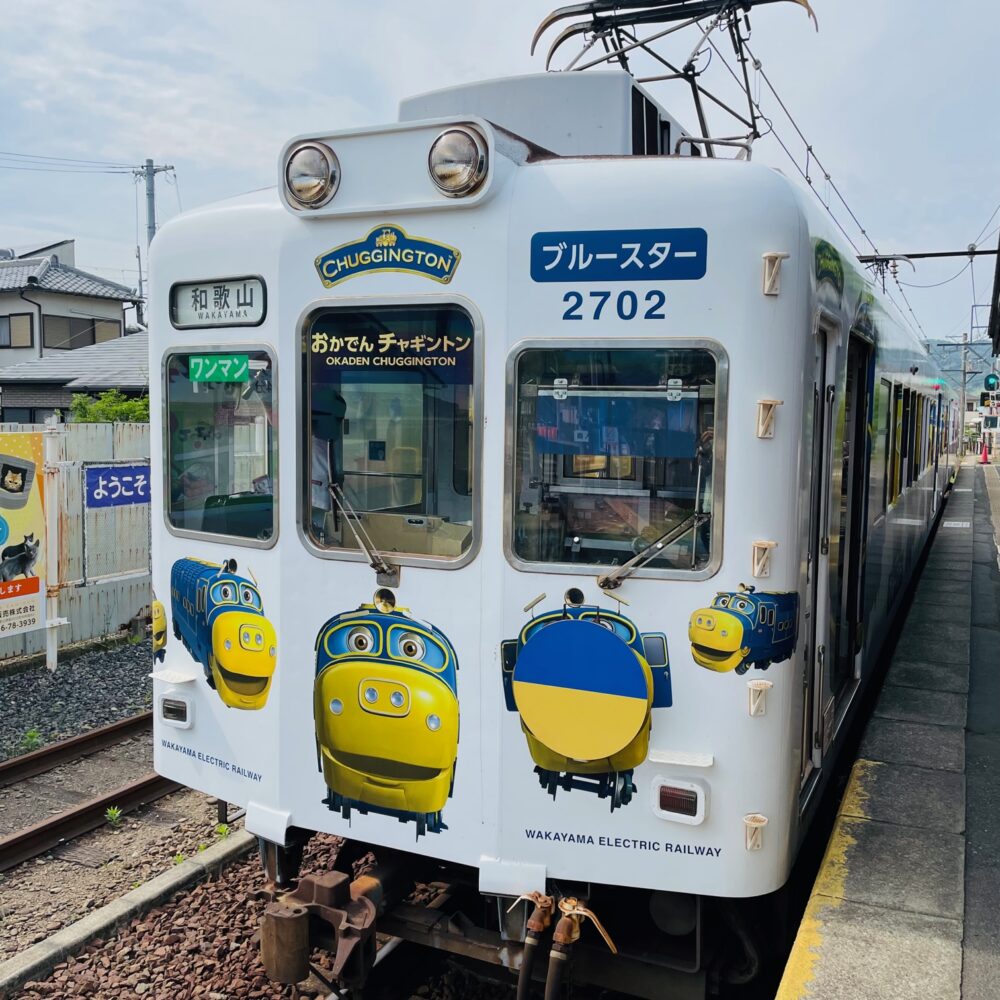
Wakayama Electric Railway was a very innovative and exciting regional railway company, not only for its cat, “Tama Ekicho,” but also for its trains designed by Mitooka. There were few passengers, probably because it was a weekday. I wished more tourists would take a ride on the Wakayama Electric Railway. It is worth visiting Wakayama City just for the Wakayama Electric Railway.
5: Itakiso Shrine
Itakiso Shrine, located along the Wakayama Electric Railway line, is a 5-minute walk from Itakiso Station, where Super Stationmaster ‘Yontama’ works.
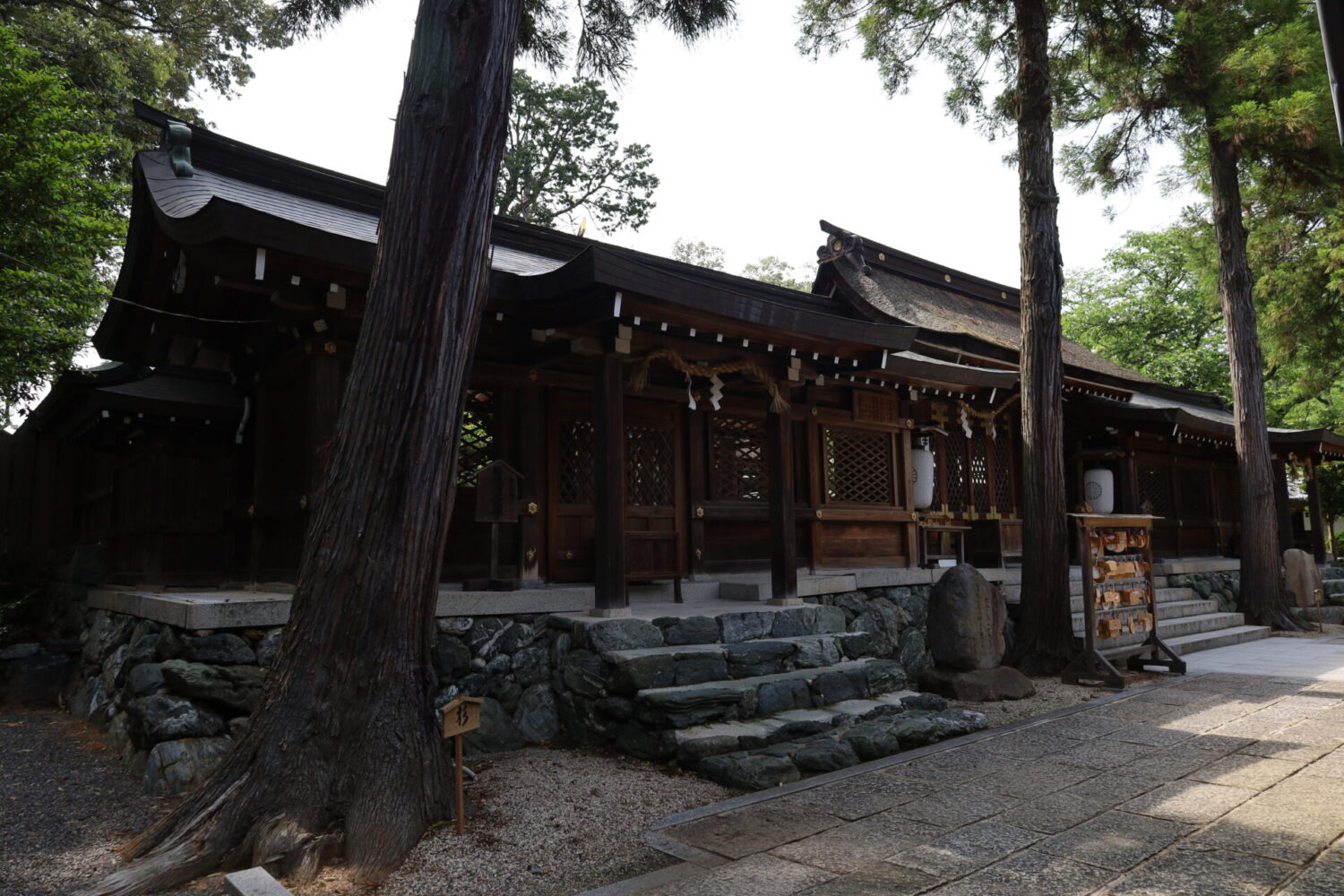
Itakiso Shrine has a long history, mentioned in the Shoku Nihongi in 702. The deity of the Itakeiso Shrine is Itakeru-no-Mikoto. In the Chronicles of Japan, Itakeru-no-Mikoto is described as the deity who planted trees in Japan and made the land lush and green. Since he decided to live in Wakayama as a good place, the name ‘Ki(Tree) no Kuni,’ meaning the country where the god of trees dwells, was derived, and the whole of Wakayama Prefecture has been called Kii-no-kuni. Thus, the Itakiso Shrine is a prestigious shrine and the first one in Kii Province.
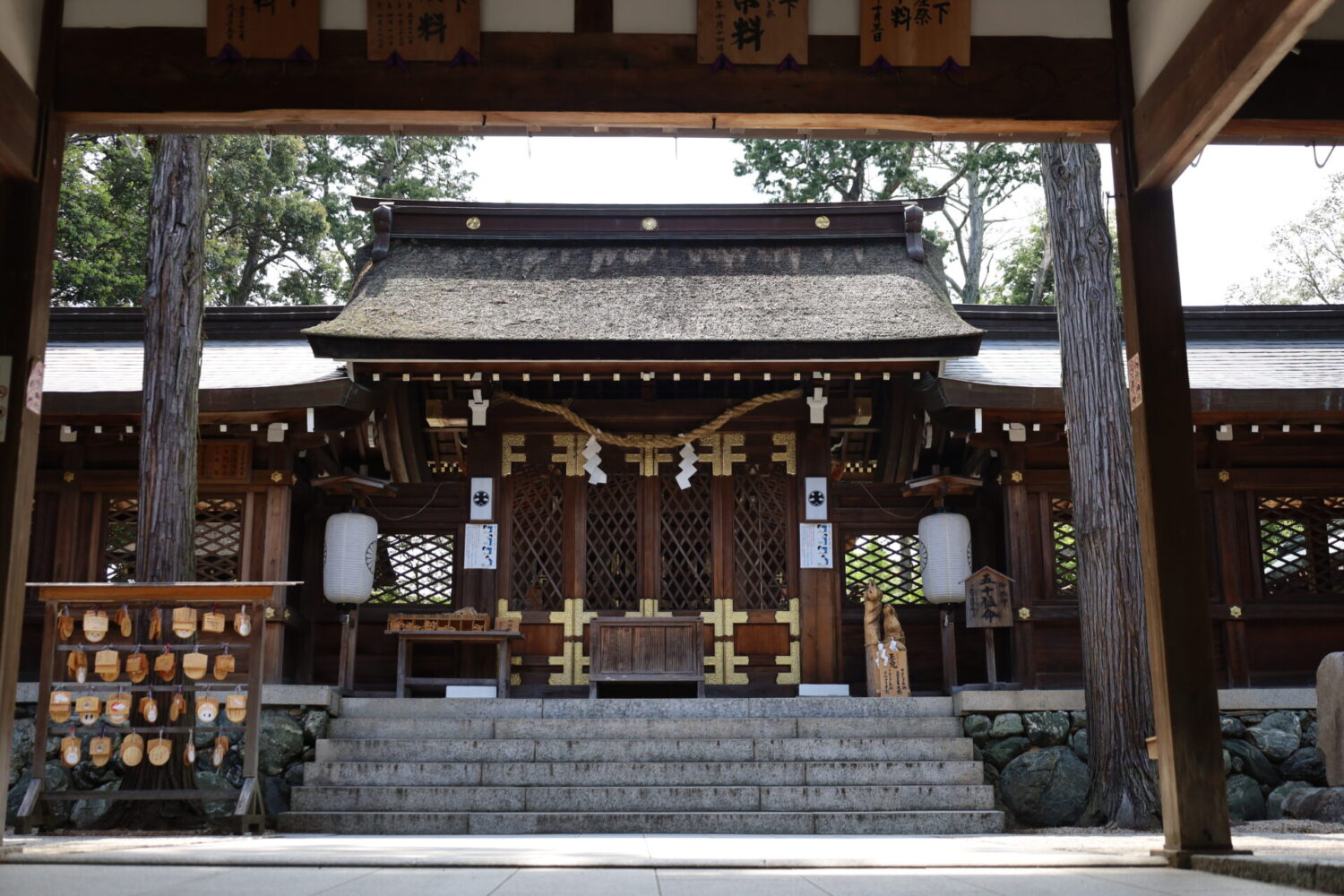
The worship hall of Itakiso Shrine has a mysterious atmosphere. It makes you realize that the shrine is a Shinto shrine. It was one of the best shrines I have ever visited.

6: Nichizengu Shrine
Nichizengu Shrine, located along the Wakayama Electric Railway line, is the collective name for both Hinokuma-Jingu and Kunikakasu-Jingu shrines. From the entrance, Hinokuma Jingu Shrine is on the left, and Kunikakasu Jingu Shrine is on the right. Like the Itakiso Shrine, Nichizengu Shrine is also the first Kii Province shrine.
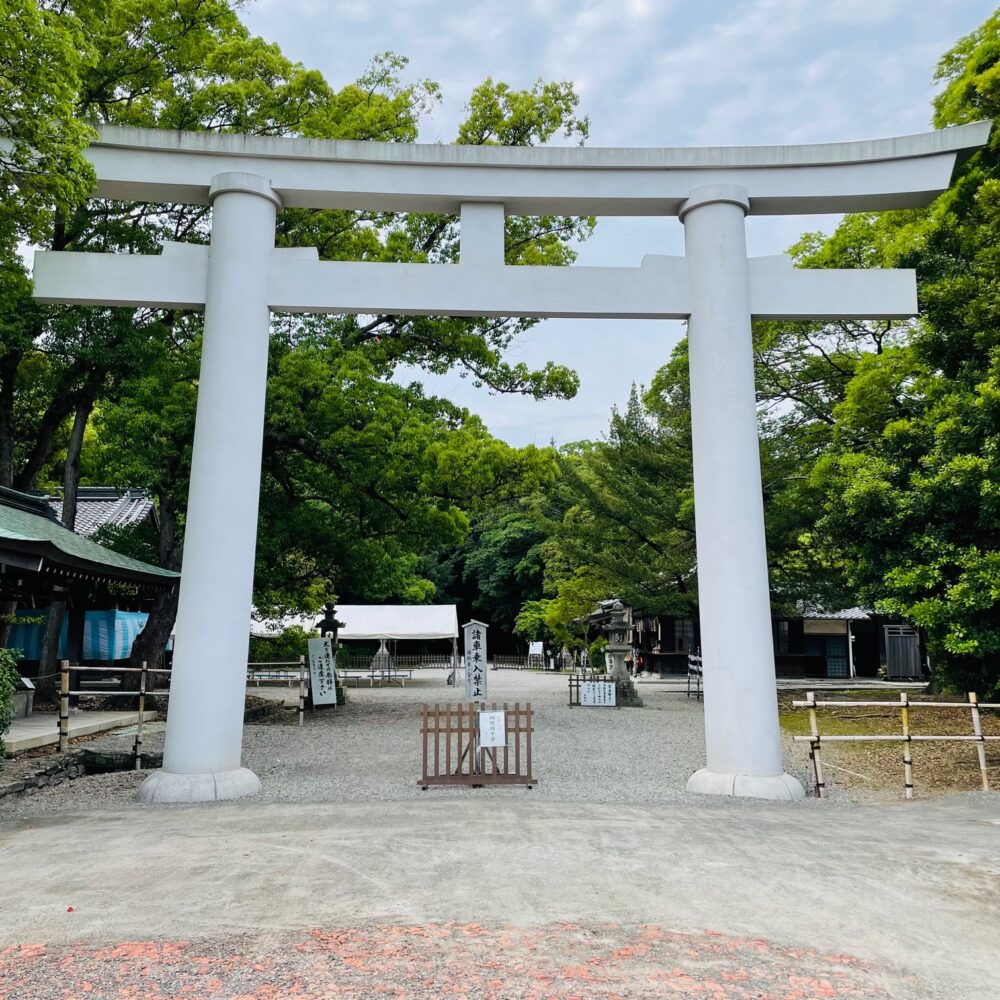
The main deity of Hinokuma-Jingu Shrine is Hinokuma-no-Okami, while the main deity of Kunikakasu-Jingu Shrine is Kunikakasu-no-Okami. The two mirrors, “Higata-no Kagami” and “Hiboko-no Kagami,” are considered to be equivalent to the “Yata no Kagami,” the sacred objects of the Inner Shrine of Ise Jingu. The “Higata-no Kagami” and “Hiboko-no Kagami” are said to have been cast before the “Yata no Kagami.”
Nichizengu Shrine is one of the oldest shrines in Japan and has a strong connection with mythology. According to the Nichizengu Shrine website, it was founded over 2,600 years ago. The origin of Nichizengu Shrine is said to date back to when Ama-no-Michine-no-Mikoto, who was appointed the first Kii-no-Kunizukuri by Emperor Jinmu, received the “Higata-no Kagami” and “Hiboko-no Kagami” and dedicated them to Kii-no-Kuni. Emperor Jinmu was the first emperor who is said to have ascended the throne at Unebi-Kashihara-no-miya Palace and founded the nation of Japan.

The descendants of Ama-no-Michine-no-Mikoto are the Kii-shi. The Kii-shi has a long history as the chief priest of the Nichizengu Shrine. According to Ryotaro Shiba’s “Kaido wo yuku (On the Road),” the Kii-shi is the oldest family in Japan, together with the Emperor and the Senge, the chief priests of the Izumo-Taisha Shrine.
Photography is not permitted in the Shinto shrine area of Nichizengu Shrine. Even more than the Itakiso Shrine, the sacred area of Nichizengu Shrine was a place with a mysterious and magical atmosphere. Ryotaro Shiba also wrote in “Kaido wo yuku” that it was his favorite place to stop by whenever he came to Wakayama. Nichizengu Shrine is a beautiful shrine and should be visited by more worshippers.

7: Dinner
After visiting Nichizengu Shrine, I returned to Wakayama Station and had dinner in the Wakayama Station area. The first restaurant we entered was Tadaya, an izakaya owned by a liquor store near Wakayama Station. Tadaya is a long-established izakaya established in 1927.
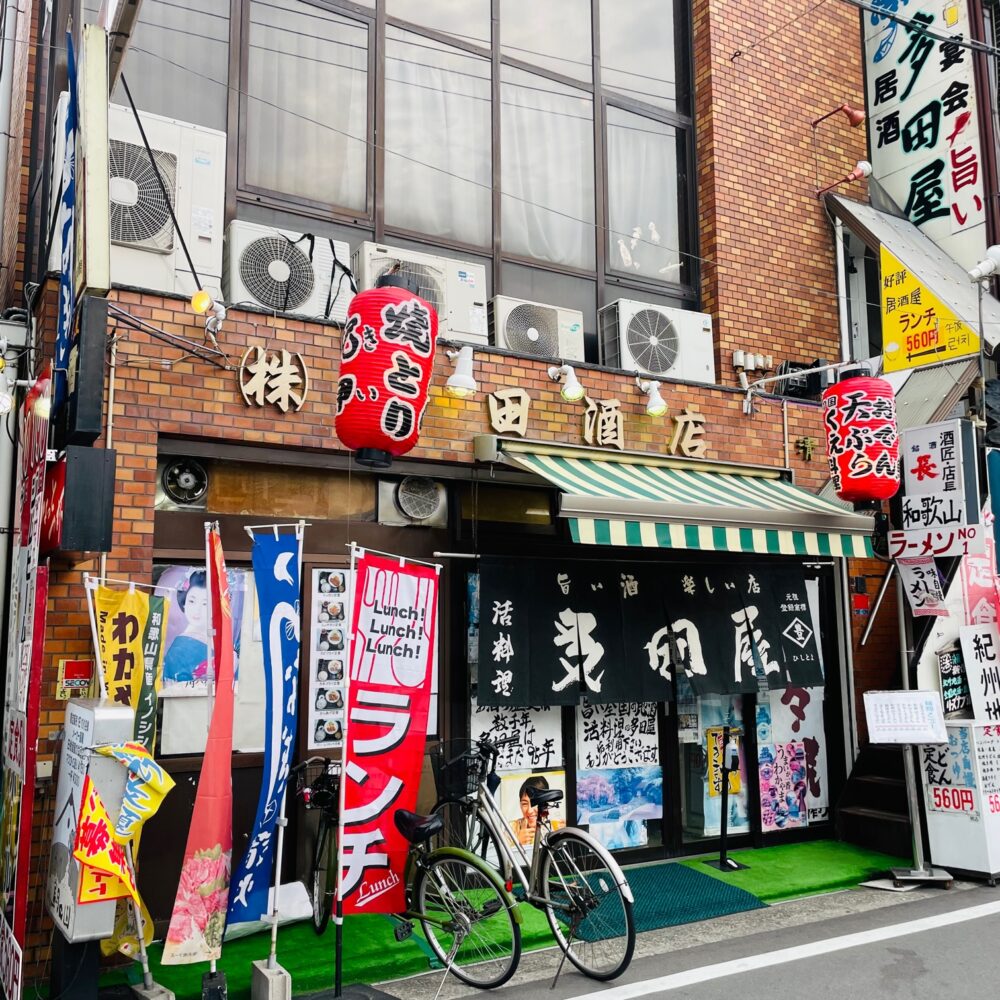
Wakayama has a long whale fishing culture. The town of Taiji in Wakayama Prefecture is said to be the birthplace of whaling in Japan. Tadaya also serves whale meat, and I had lean sashimi and “Hatsu Yukke (heart sashimi tartare).” Both were tasty whale meat with absolutely no odor.
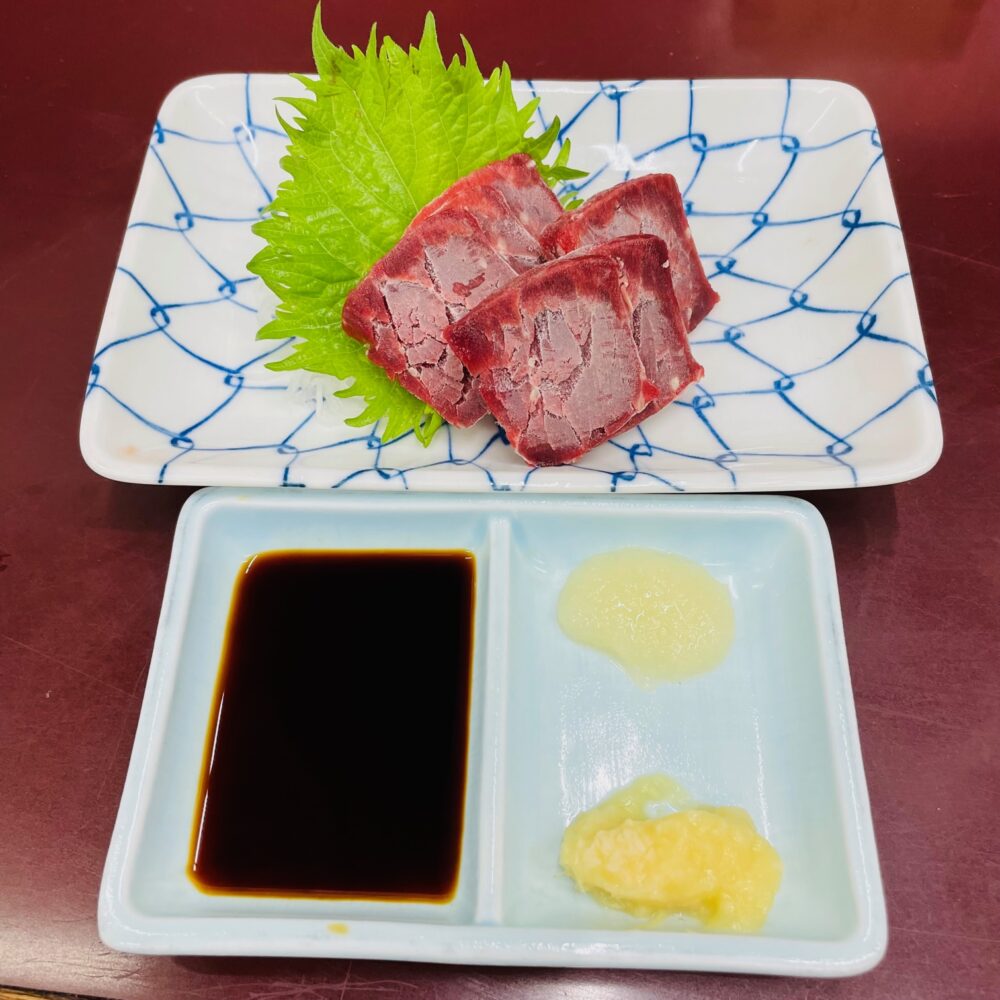

Tadaya also serves venison and wild boar meat, known as gibier. I had the grilled deer skewer. This grilled deer skewer was also delicious, with no smell at all. It was a great izakaya where you could enjoy whale meat and gibier. Although I didn’t order it this time, Tadaya has horse sashimi, too.
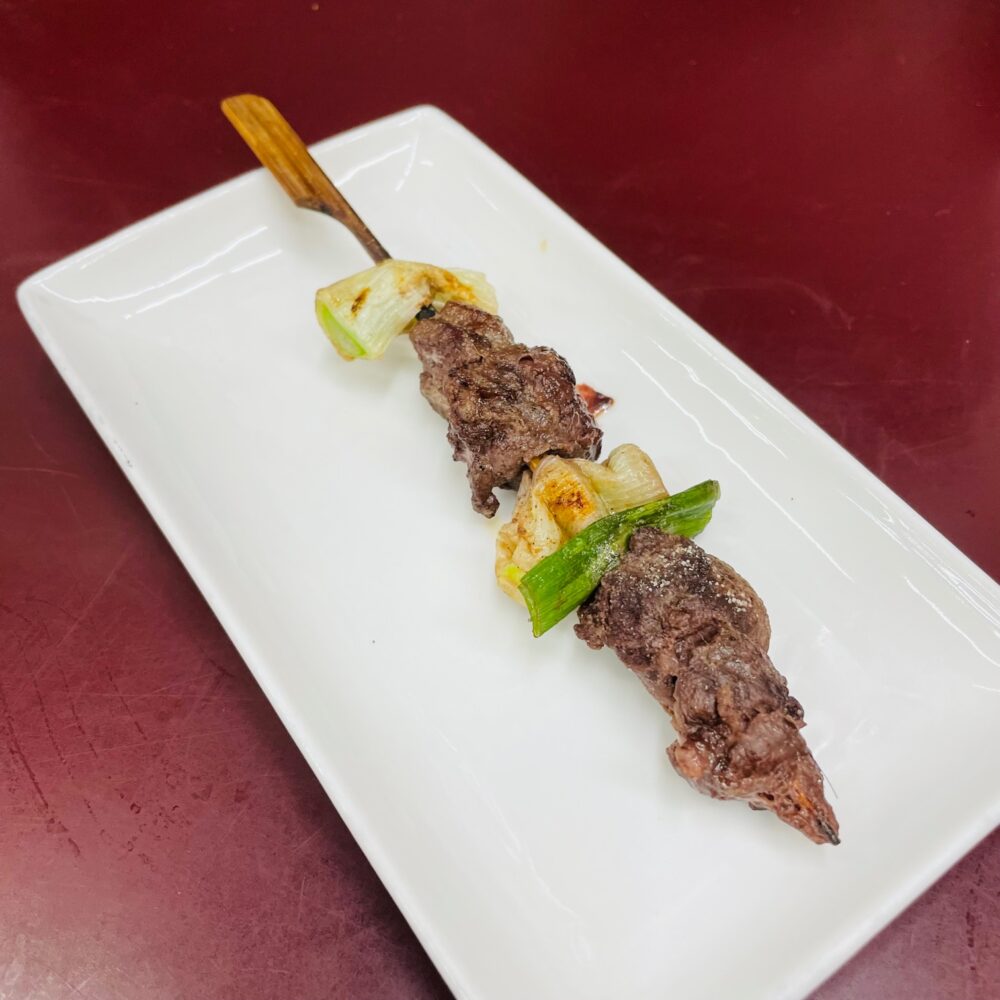
Every food I ordered was delicious and reasonably priced, and it was a great izakaya with a downtown atmosphere. The variety of the menu is so much that it is difficult to choose between food and drinks, and the izakaya serves drinks from 9 a.m., which drinkers appreciate. I want to stop by ‘Tadaya’ again when I visit Wakayama.
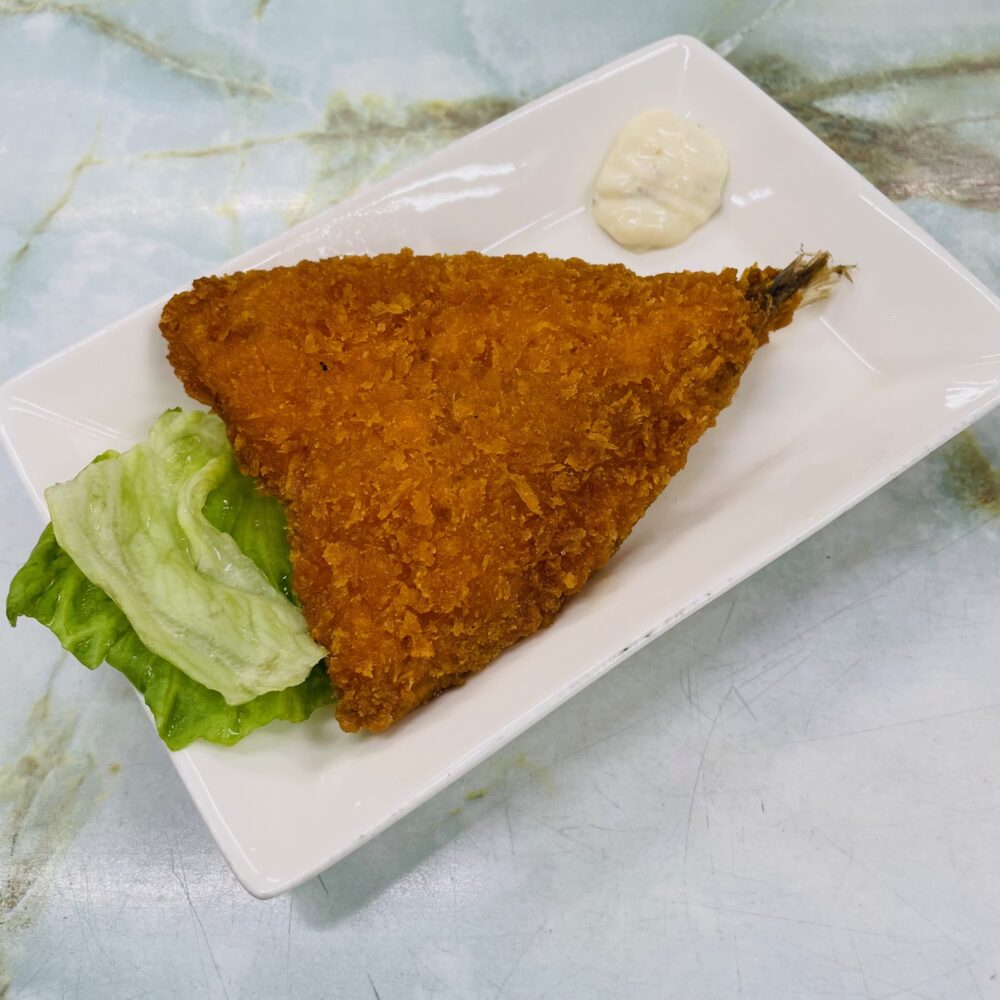
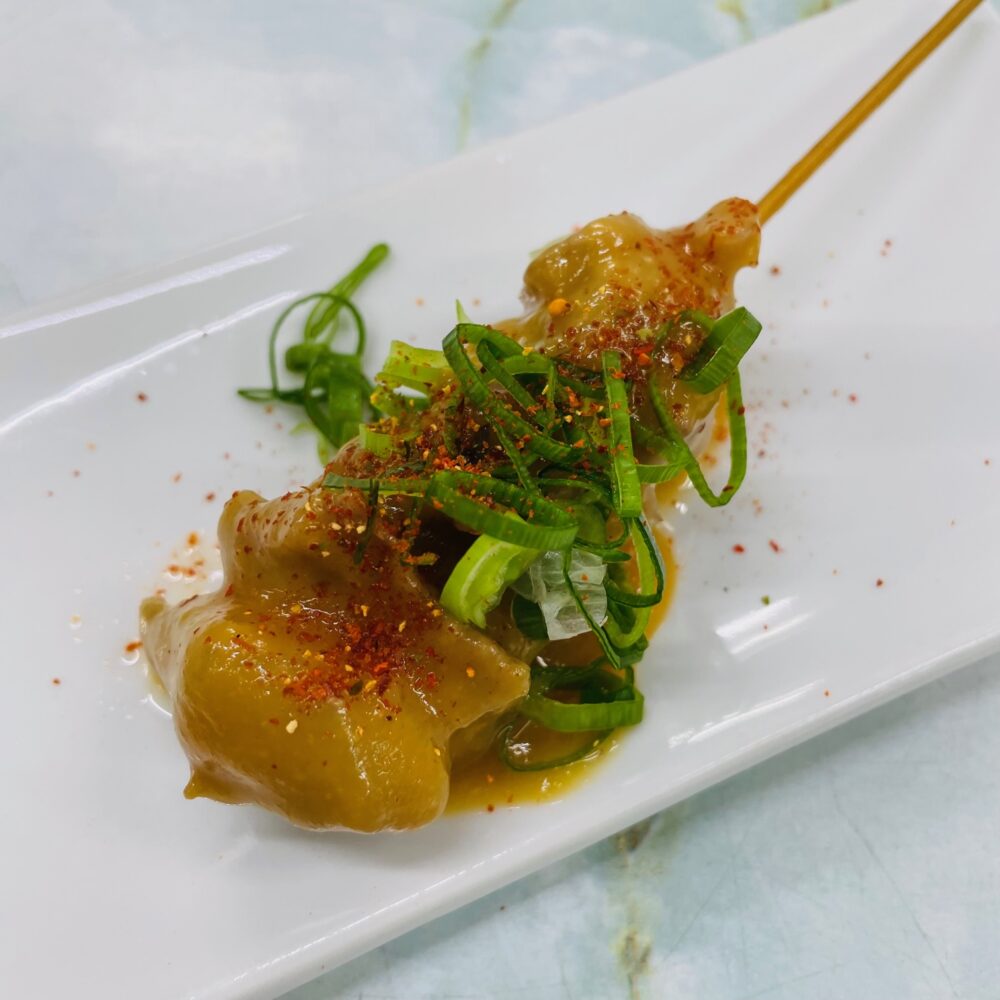
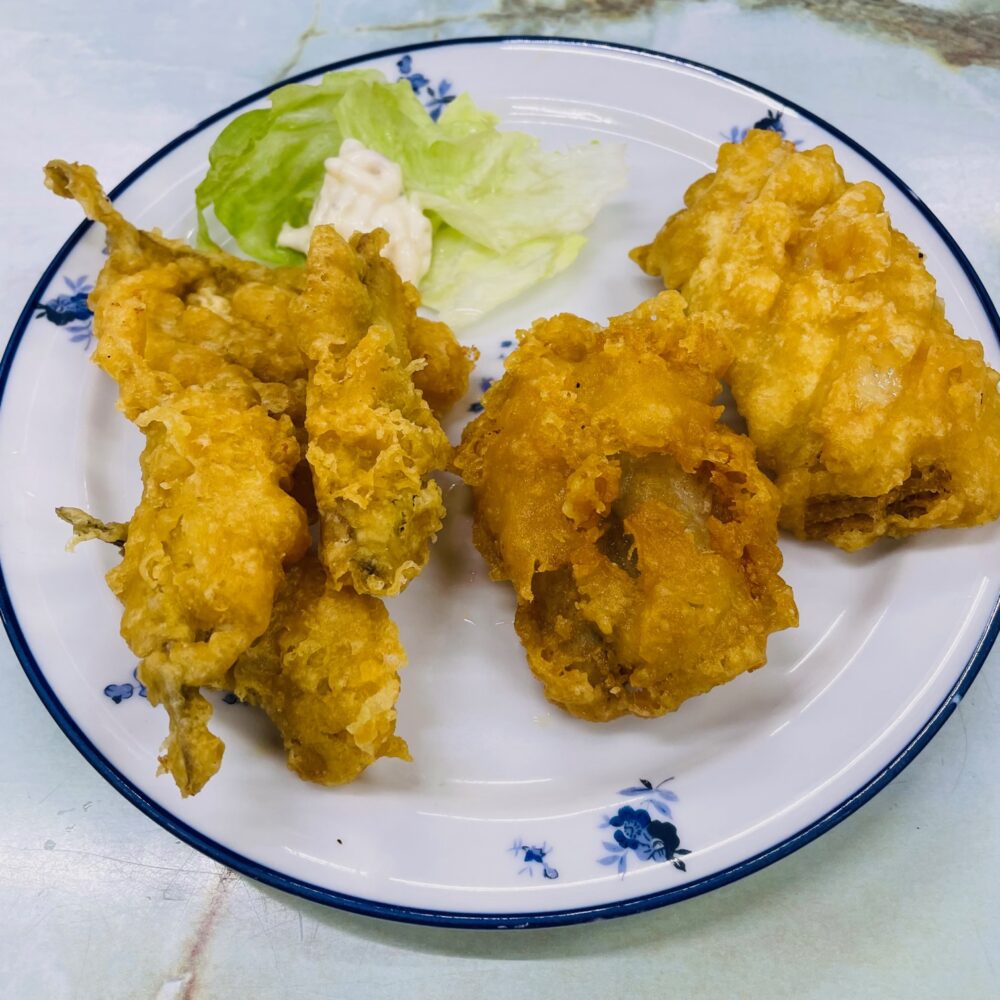
After leaving Tadaya, I had Wakayama ramen at Marumi Shoten in the basement of Wakayama Mio, the Wakayama Station station building. The soup is a pork bone and soy sauce. Compared to the Ide Shoten ramen I had at lunch, the pork bone smell was less pronounced and more elegant, and the soup was hot and tasty. If you eat ramen every week, Marumi Shoten’s ramen is easier than Ide Shoten’s. Ide Shoten and Marumi Shoten were listed on their menus as ‘Chuka soba (Chinese noodles)’ rather than Wakayama ramen or ramen.

Wakayama Prefecture has much to offer, with many beautiful sights and delicious food, making it a fulfilling trip.
